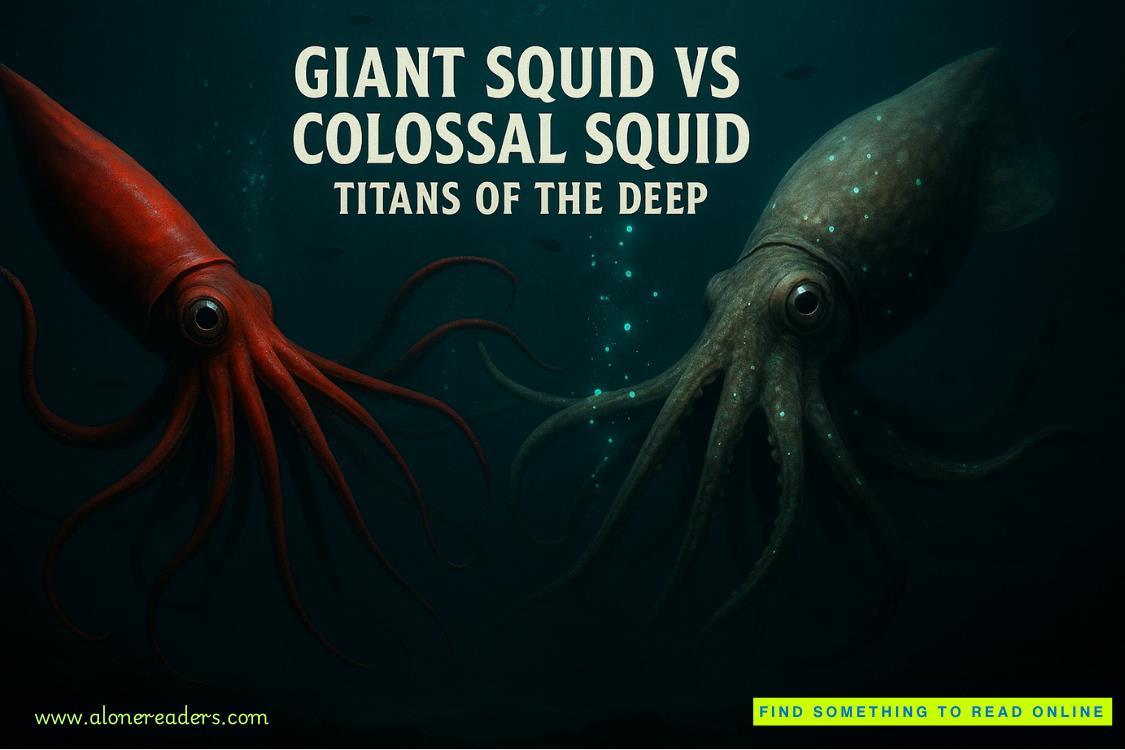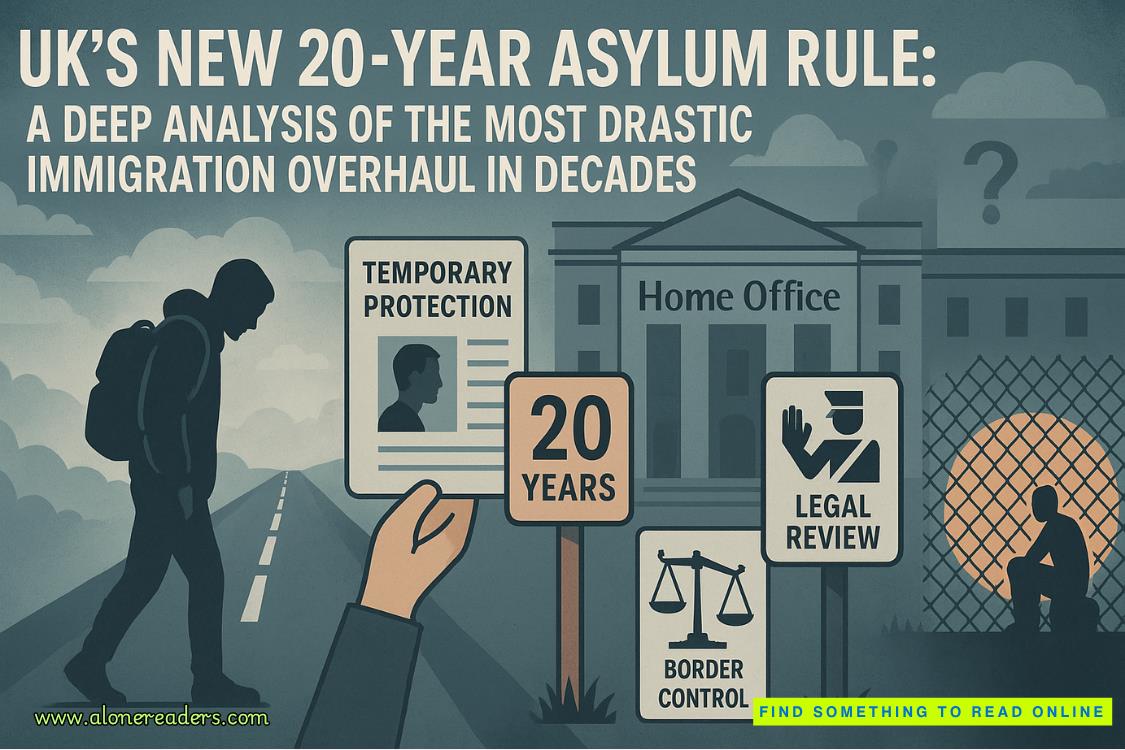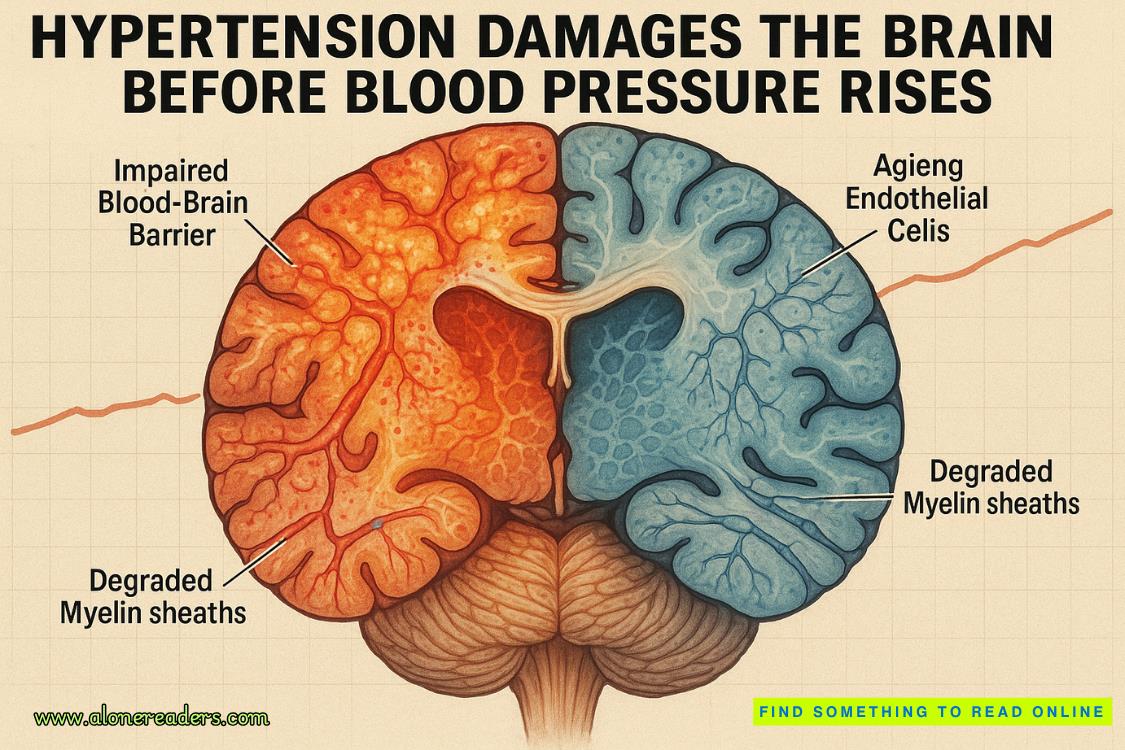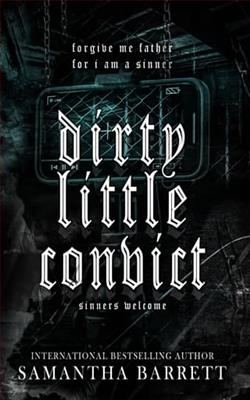Page 9 of Fourth Protocol
When the ghetto finally fell to the Waffen SS troops of Major-General Juergen Stroop on May 16, Zablonsky was one of the few who lived through the mass shootings. The bulk of the inhabitants, some 60,000, were already dead, from bullet, shot, shell, crushed beneath falling buildings, or executed. The remaining 30,000 were almost exclusively the aged, women, and small children. Into these Zablonsky was herded. Most went off to Treblinka and died.
But in one of those freaks of circumstance that occasionally decide life and death, the engine of the train hauling Zablonsky’s cattle car broke down. The car was attached to another engine and ended up at Auschwitz.
Though destined for death, Zablonsky was spared when he gave his profession as jeweler. He was put to work sorting and classifying the trinkets still being found upon the persons of Jews in each fresh intake. Then one day he was summoned to the camp hospital and into the hands of that smiling blond man whom they called “the Angel” and who was still carrying out his manic experiments on the genitalia of pubescent Jewish youths. It was on Josef Mengele’s operating table that, without anesthetic, Louis Zablonsky was castrated.
In late 1944 the survivors of Auschwitz were force-marched westward and Zablonsky ended up in Bergen-Belsen, where, more dead than alive, he was finally freed by the British Army. After intensive hospitalization Zablonsky, having been sponsored by a North London rabbi, was brought to Britain, and after further rehabilitation he became a jeweler’s apprentice. In the early 1960s he had left his employer for his own shop in the East End. Ten years later, he had opened the present, more prosperous establishment in the West End.
It was in the East End, down in the dockland, that he had first started to handle gems imported by seamen—emeralds from Ceylon, diamonds from Africa, rubies from India, and opals from Australia. By the mid-1980s Zablonsky was a wealthy man from both his enterprises, the legitimate and the illicit. He was one of the top fences in London, a specialist in diamonds, and owned a large detached house in Golders Green, where he was a pillar of his community.
Now he tugged the last of the forty smaller stones from their settings and checked to see that he had missed none. He counted the stones and began to weigh the
m. Forty in all, averaging half a carat but mostly smaller. Engagement-ring stuff, but worth about £12,000 in all. He could pass them through Hatton Garden and no one the wiser. Cash deals—he knew his contacts. He began to crush the white-gold settings into a shapeless mass.
When the gold was a mangled blob of metal, he dropped the lump into a bag along with other scrap. He saw Sandra off the premises, closed the shop, tidied up his office, and left, taking the four primary stones with him. On the way home he made a phone call from a public box to a number in Belgium, a number situated in a small village, called Nijlen, outside Antwerp. When he got home he rang British Airways and booked a flight for the morrow to Brussels.
Along the shore of the River Thames, on its southern bank, where once had stood the rotting wharves of a dying dockland, a huge redevelopment program had been continuing through the early and mid-1980s. The program had left great swaths of demolished rubble between the new buildings, moonscapes where the rank grass tangled with the fallen bricks and dust. One day, it was intended, all would be covered by new apartment buildings, shopping malls, and multistory garages, but when that would be was anybody’s guess.
In warm weather the winos camped out in these wastelands and any South London “face” wishing to lose a piece of evidence had but to take the article to the center of these abandoned places and burn it to extinction.
Late on the evening of Tuesday, January 6, Jim Rawlings was walking across an area of several acres, stumbling in the dark as he tripped over unseen chunks of masonry. Had anyone been observing him—and no one was—he would have seen that Rawlings carried in one hand a two-gallon can of gasoline and in the other a beautiful handcrafted calfskin attaché case.
Louis Zablonsky passed through Heathrow Airport on Wednesday morning with no trouble. With heavy greatcoat and soft tweed hat, hand luggage and big briar pipe jutting from his jaw, he joined the daily flow of businessmen from London to Brussels.
On the plane, one of the stewardesses leaned over him and whispered, “I’m afraid we can’t allow you to light the pipe inside the cabin, sir.” Zablonsky apologized profusely and stuffed the briar in his pocket. He did not mind. He did not smoke, and even if he had lit it, it would not have drawn very well. Not with four pear-shaped fifty-eight-facet diamonds crammed into the base below the tamped tobacco.
At Brussels National he rented a car and headed north up the motorway out of Zaventem toward Mechelen, where he pulled right and northeast to Lier and Nijlen.
The bulk of the diamond industry in Belgium is centered upon Antwerp and is specifically located in and around the Pelikaanstraat, where the big enterprises have their showrooms and workshops. But like most industries, the diamond business depends for a part of its functioning upon a mass of small suppliers and outside workers, one-man operations working out of their ateliers, to whom can be subcontracted some of the manufacture of settings, cleaning, and repolishing.
Some of these outside workers also live in Antwerp, and Jews, many of East European origin, are predominant among them. But east of Antwerp lies an area known as Kempen, a cluster of neat villages in which are also located scores of small shops that undertake work for the Antwerp industry. In the center of Kempen lies Nijlen, astride the main road and rail lines from Lier to Herentals.
Halfway down the Molenstraat lived one Raoul Levy, a Polish Jew who had settled in Belgium after the war and who also happened to be a second cousin of Louis Zablonsky of London. Levy was a diamond polisher, a widower who lived alone in one of the small, neat, red-brick bungalows that line the western side of the Molenstraat. At the back of the house was his workshop. It was here that Zablonsky drove and met his relative a little after lunchtime.
They argued for an hour and struck their deal. Levy would repolish the four stones, losing as little of their weight as possible, but enough to disguise their identity. They settled on a fee of £50,000, half up front and half upon sale of the last stone. Zablonsky left and returned to London.
The trouble with Raoul Levy was not that he lacked skill; it was that he was lonely. So each week he looked forward to his one expedition. He loved to take the train into Antwerp, go to his favorite café, where all his cronies met in the evenings, and talk shop. Three days later he went there and talked shop once too often.
While Louis Zablonsky was in Belgium, John Preston was installing himself in his new office on the second floor. He was glad he did not have to leave Gordon for another building.
His predecessor had retired at the end of the year, and the deputy head of C1(A) had been in charge for a few days, no doubt hoping he would be confirmed in the top man’s post. He took his disappointment well and briefed Preston copiously on what the job entailed, which seemed to Preston to be mainly grinding routine.
Left alone that afternoon, Preston cast his eye down the list of ministry buildings that came under A Section. It was longer than might be imagined, but most of the buildings were not security sensitive, save for leakages that might be politically embarrassing. Document leaks concerning, for example, intended social security cuts were always a hazard since the civil service unions had recruited so many staffers with extreme-left political views, but they could usually be handled by the ministry’s in-house security people.
The big ones for Preston were the Foreign Office, Cabinet Office, and Defense Ministry, all of which received cosmic-rated papers. But each had pretty tight security, handled by its own internal-security team. Preston sighed. He started to make a series of phone calls, setting up getting-to-know-you meetings with the security chiefs in each of the principal ministries.
Between calls he glanced at the pile of personal stuff he had brought down from his old office, two floors above. Waiting for a call to be returned by some official otherwise engaged, he rose, unlocked his new personal safe, and put the files inside, one by one. The last of them was his report of the previous month, his own copy. Other than the report he knew to have been NFA’ed in Registry, this was the only one in existence. He shrugged and put it at the back of the safe. It would probably never be examined again, but he saw no reason why he should not keep it, for old times’ sake. After all, his own copy had taken a hell of a lot of sweat to put together.
Chapter 3
The men, when they came to visit Raoul Levy, were four in number; big, heavy men who arrived in two cars. The first car cruised to a halt outside Levy’s bungalow on the Molenstraat, while the second halted a hundred yards up the street.
The first car disgorged two of the men, who walked briskly but quietly up the short path to the front door. The two drivers waited, lights doused, engines running. It was a bitter night, just after 7:00 p.m., pitch-dark. No one walked the Molenstraat that evening of January 15.
The men who knocked on the front door were brisk and businesslike, men with little time to waste, a job to do, and the opinion that the sooner it was over, the better. They did not introduce themselves when Levy answered the door. They just stepped inside and pulled the door closed behind them. Levy’s protest was hardly out of his mouth when it was cut off by four rigid fingers jabbing into his solar plexus.
The big men pulled Levy’s overcoat around his shoulders, clapped his hat on his head, left the front door unlocked, and walked him expertly down the path to the car, whose rear door opened as they approached. When they drove off with Levy sandwiched between them in the rear seat, only twenty seconds had elapsed.
They took him to the Kesseise Heide, a big public park just northwest of Nijlen, whose fifty acres of heather, grass, oaks, and mixed conifers were completely deserted. Well off the road, in the heart of the heath, the two cars stopped. The driver of the second vehicle, who was to be the interrogator, slipped into the front passenger seat.















